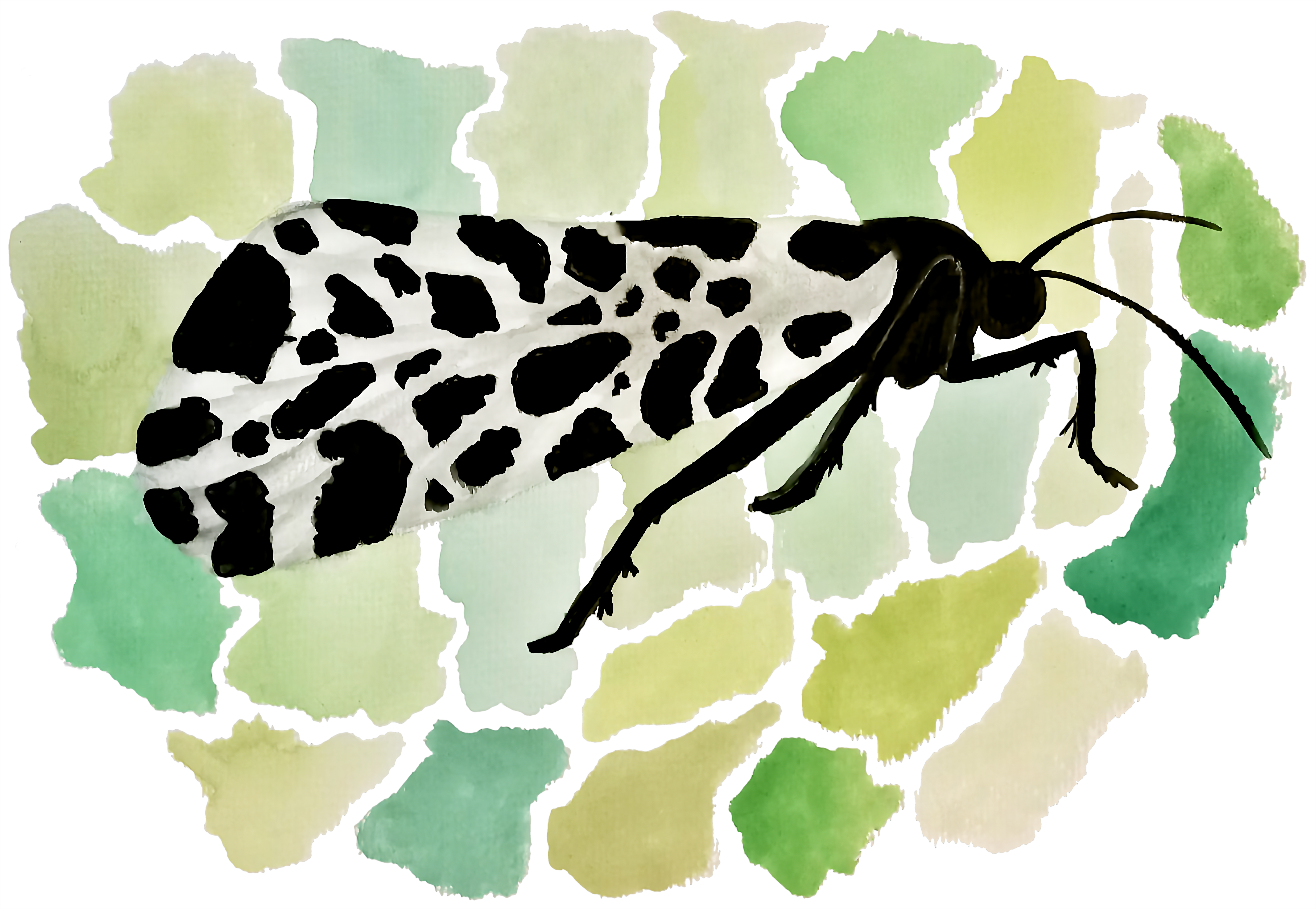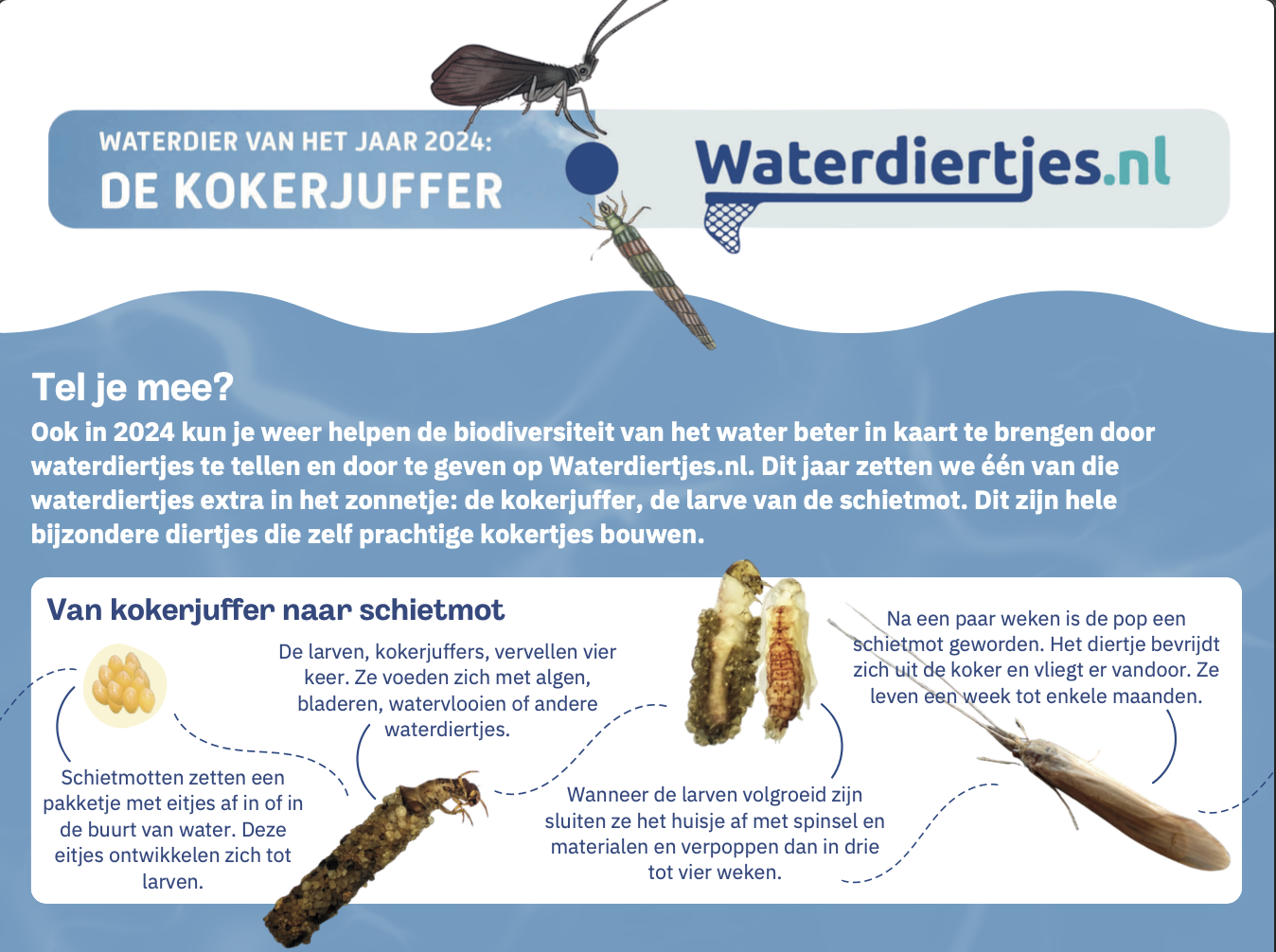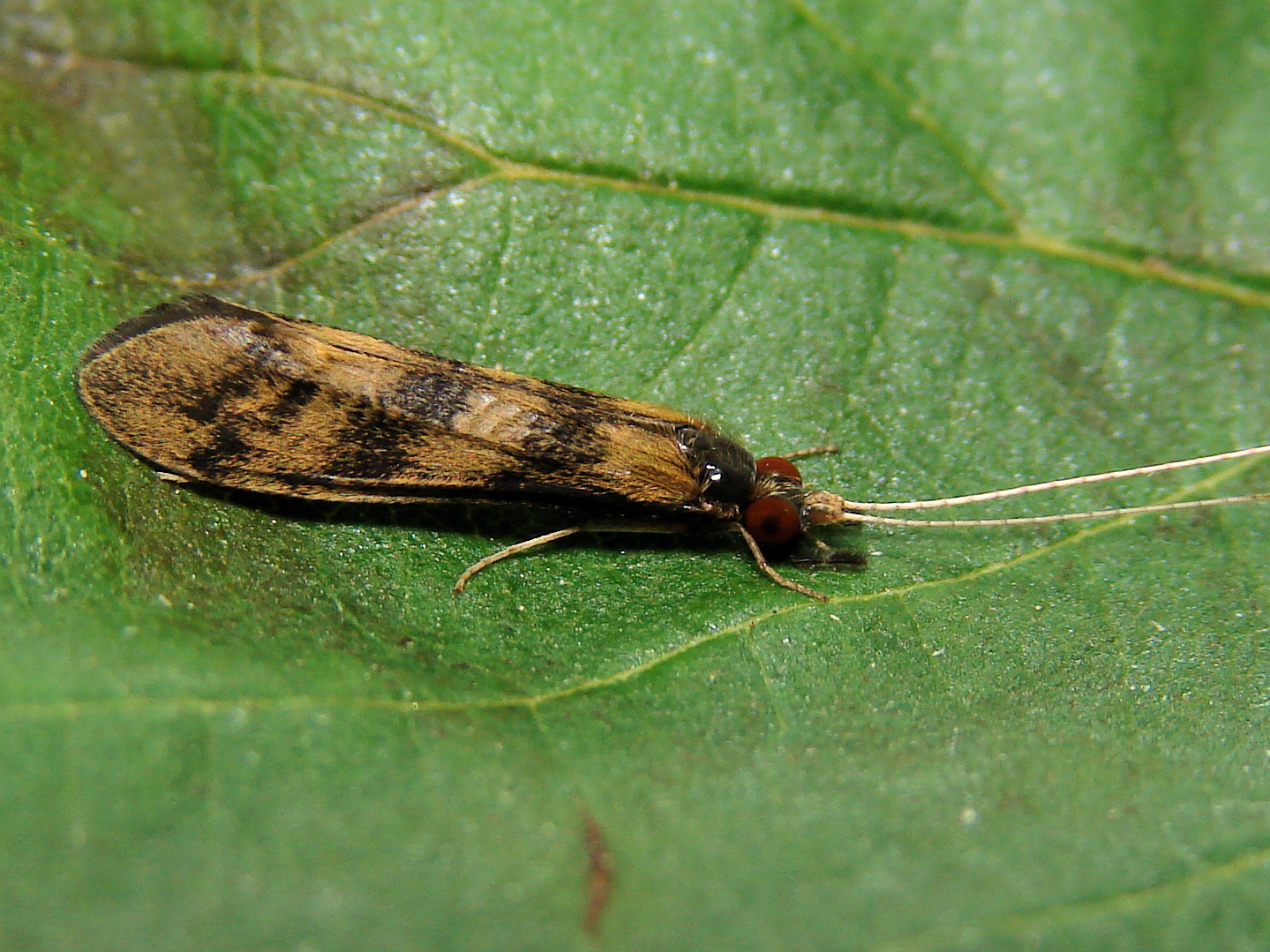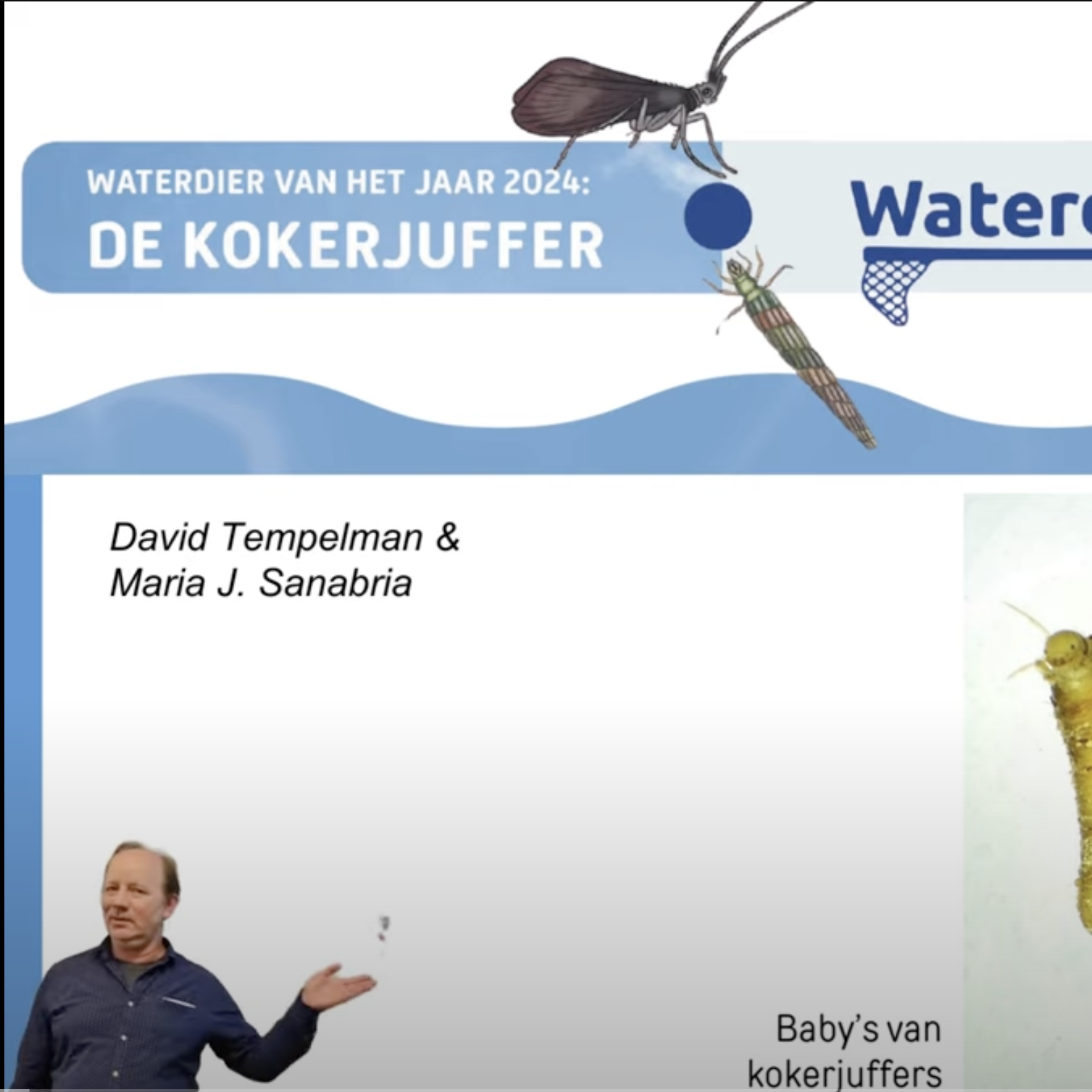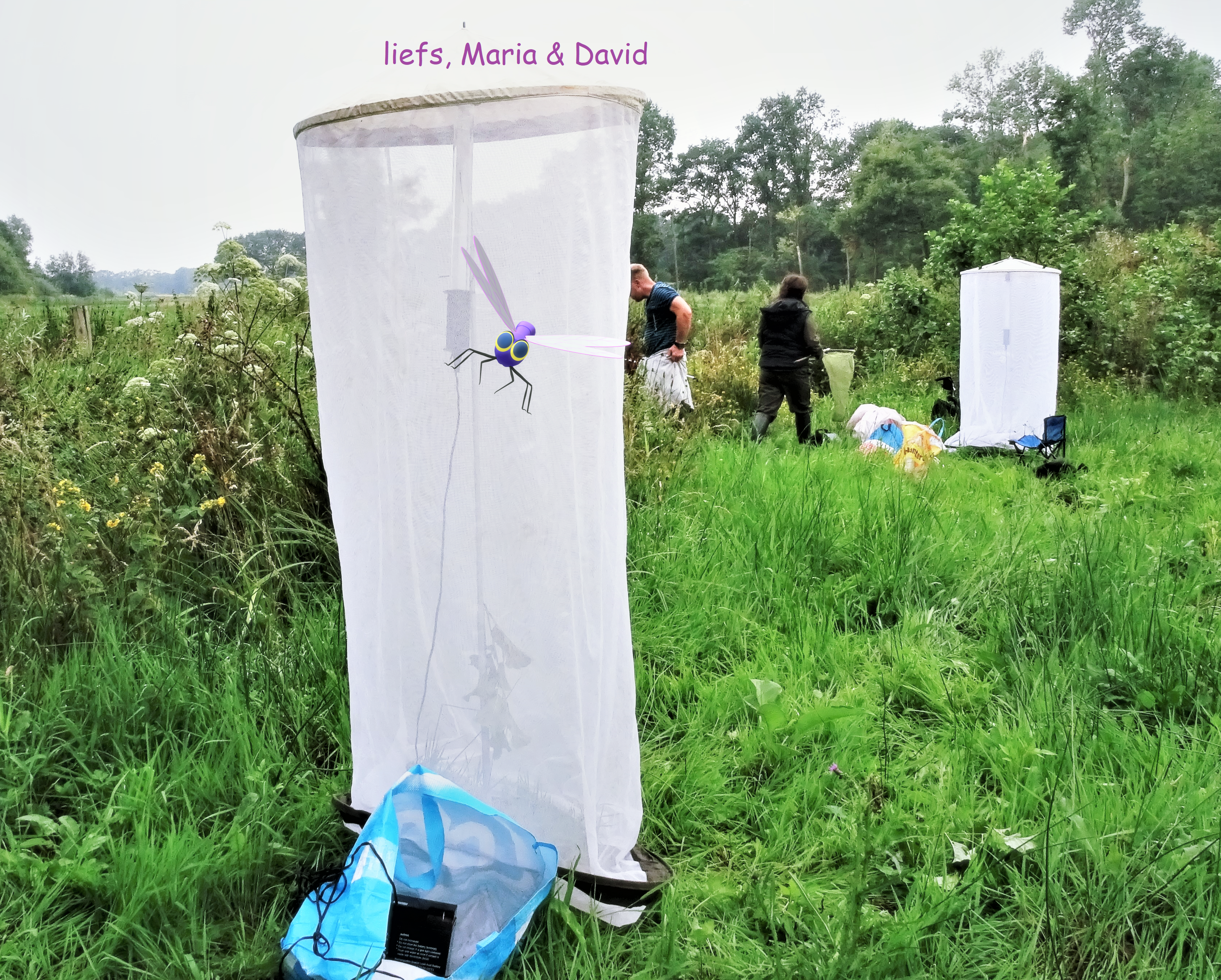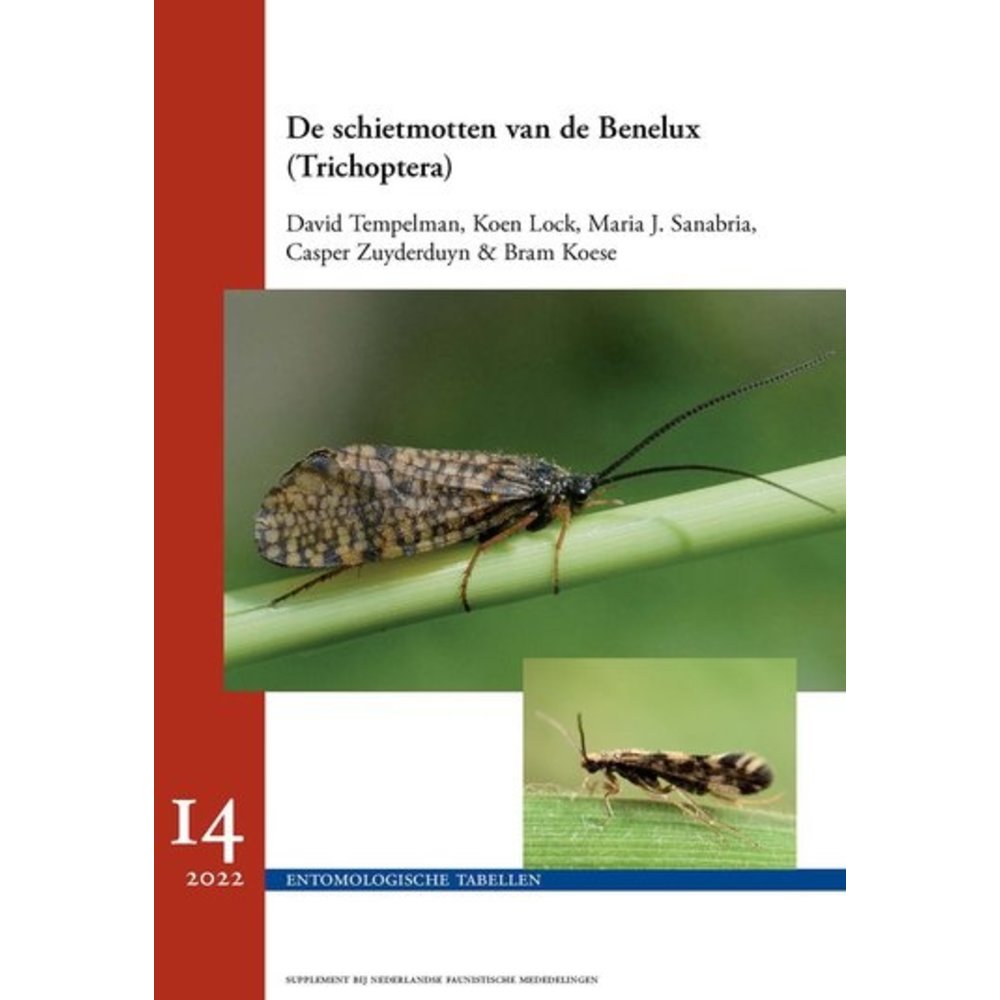Goals
What do we think is important?
The foundation seeks to achieve its purpose by, among other things, coordinating, organizing or carrying out:
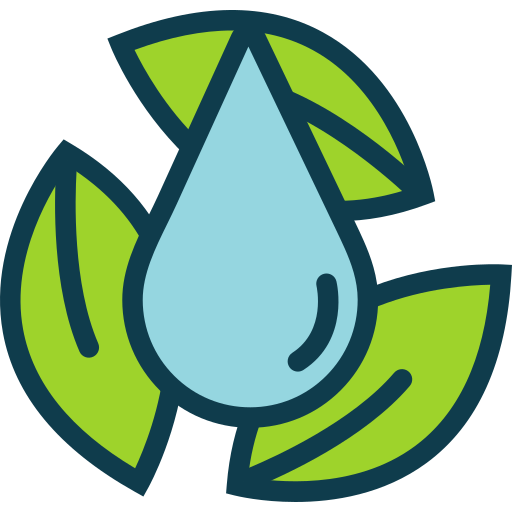
Faunistic survey of the distribution of macrofauna species in European waters.
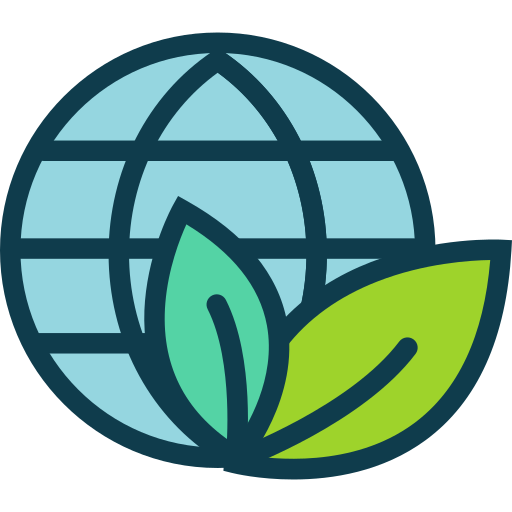
Macrofauna are aquatic invertebrates, such as insect larvae, worms, snails, shells, that live in fresh and salt water.
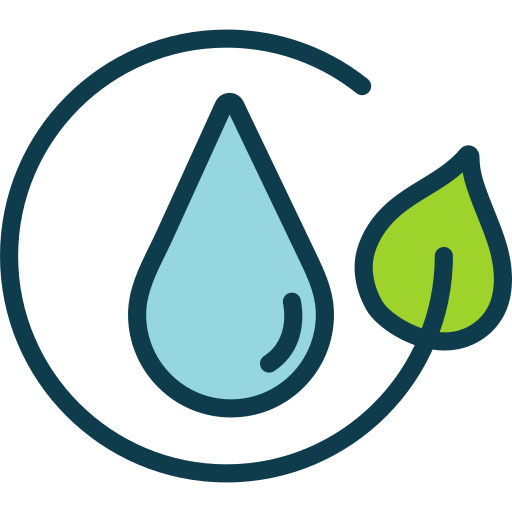
Secure knowledge of specialists in the field of macrofauna.
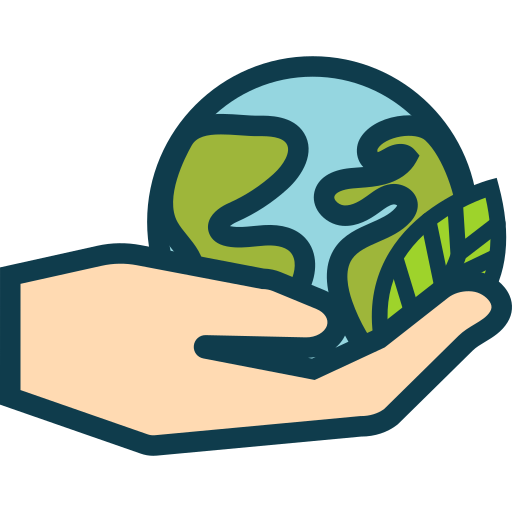
Publication of determination works on macrofauna. – Unlock the knowledge in aforementioned via a website (www.semblis.org)

Organization of symposia in the field of macrofauna
News
Read here all the news from the world of macrofauna of fresh and salt water in Europe.
More than 30,000 sightings of Trichoptera in 2023, and that’s [...]
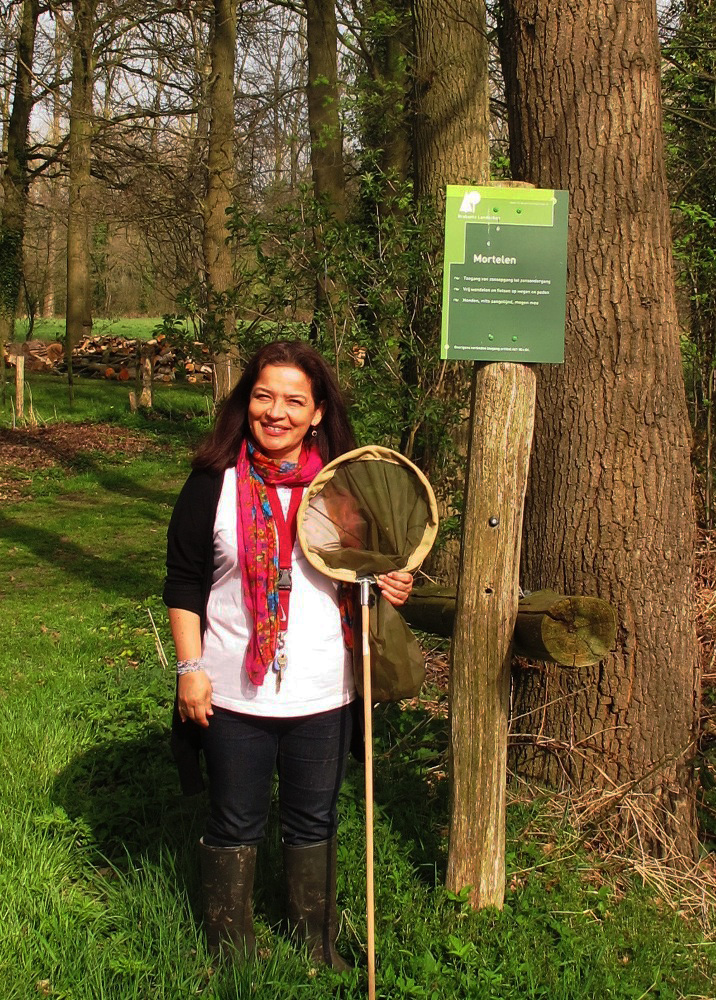
Maria Judith Sanabria
She is a specialist in aquatic ecology with more than 15 years of experience in Colombia and 20 years in the Netherlands, where she has lived since 2001.
Her expertise lies in monitoring water quality in various water types and her knowledge of aquatic insects, including Trichoptera and water mites, is among her specialties.
“In the Netherlands, I learned to appreciate that even though everything is on a smaller scale, there are still very special natural areas with rare macrofauna species. Every year, even in this small country, we discover new species of aquatic insects for the Netherlands and even for Europe. My personal goal is to transfer knowledge and connect with the new generations and I can do this through the Semblis Foundation.”
David Tempelman
David has worked as an aquatic ecologist for more than 30 years. He is a great lover of macrofauna and still marvels at the great biodiversity found in Dutch waters.
His work includes aquatic nature surveys, water quality monitoring and training new colleagues in the profession. Shooting moths, water mites and dancing gnats are favorite animals for him. He has also published determination works on these animal groups and all kinds of articles on new and or unusual macrofauna species. Furthermore, he is very active in the field of citizen science.
“I would like to spread the word about what is special in the water, for me that is a personal goal and I can achieve that through the Semblis Foundation.”

Our Projects
Read more about the projects we set up, implement and supervise as the Semblis Foundation here.
EPT stands for: E (Ephemeroptera - Hafters) P (Plecoptera - Stoneflies) T (Trichoptera - caddisflies)
Good indicators of water quality These three groups are good indicators of water quality and are highly sensitive to pollution. Therefore, for the past 5 years, Stichting Semblis has been working to increase knowledge about these three groups, especially the larva and adults of trichoptera in the province of North Brabant.
Currently we have 12 active volunteers who have worked mainly in the rivers Beekloop, Beerze, Neterselse loop, Essche stroom and the area of Gelders and the Mortelen of Brabants Landschap.
The Semblis Foundation is currently digitizing the knowledge and information archived by biologist Henk M. Moller Pillot over the past 50 years in the form of field books, notebooks, field forms, articles, collection materials, and so on.
The goal is to preserve, safeguard and transfer this knowledge to the public and official agencies. The collection will be transferred to the Naturalis Museum and the data will be sent to NLBIF and GBIF.
The Semblis Foundation has provided financial support for fieldwork to further the basic research for this book since 2011. This book was produced in collaboration with institutes and NGOs such as Aquon, Eis- Naturalis biodiversity Center, Water Proof, Uyttenboogaart/Eliasen Foundation and NEV.
The book was published in the year 2022 as part of the Entomological Tables series. This publication contains the first determination table for caddisflies of the Benelux. The species review summarizes knowledge for each species, including notes on habitat and rarity. We hope this book will encourage more research and conservation of their habitats.
